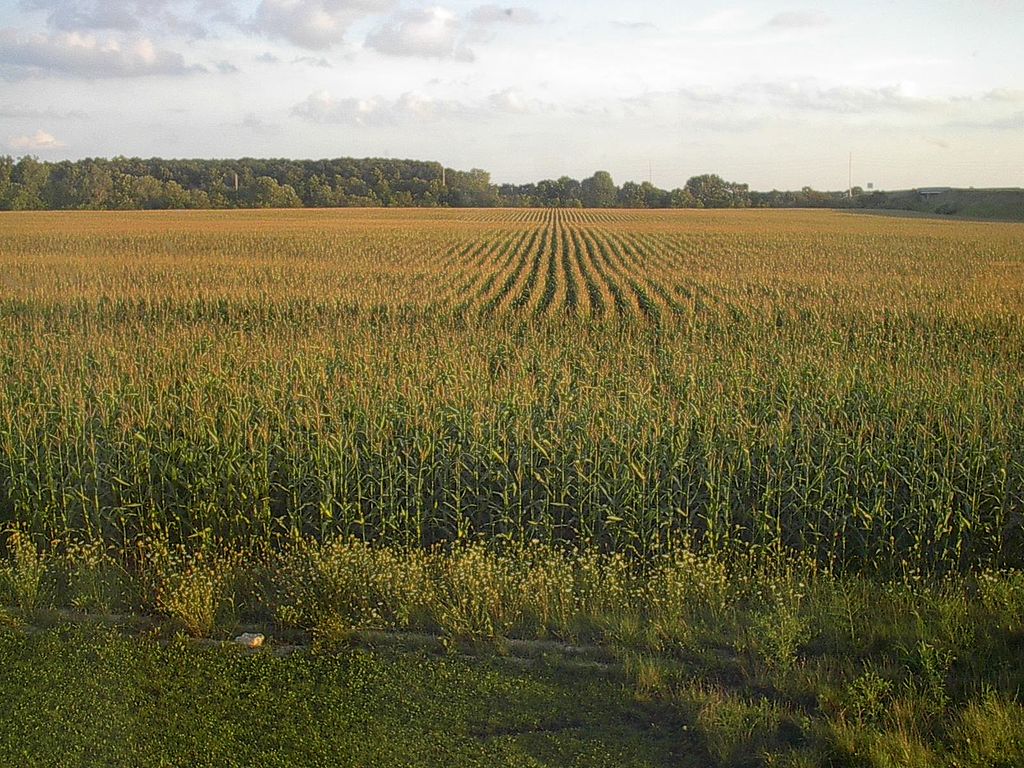Wisconsin Lacks Standards for Pesticides in Water
Growers use millions of pounds of pesticides per year, but research needed on impact.
Wisconsin lacks standards or health advisory limits for more than half of pesticide-related chemicals analyzed in the state, and there are no state surface water standards for pesticides.
The figures were provided during Thursday’s joint meeting of policymaking boards for the state Department of Natural Resources and Department of Agriculture, Trade and Consumer Protection.
The two agencies collaborate on monitoring pesticides in order to protect human health and the environment. Staff highlighted challenges with developing standards due to lacking or changing research on pesticides.
DATCP performs routine monitoring of groundwater and surface water. Since 2008, the state has collected around 3,800 groundwater samples from nearly 1,900 private drinking water wells and monitoring wells primarily in agricultural areas, said Ken Potrykus, a hydrogeologist with DATCP’s Bureau of Agrichemical Management.
The state compares sampling results against 38 standards established for pesticides or breakdown products from those chemicals. The Wisconsin Department of Health Services has set health advisory levels for an additional 15 compounds.
“We are also analyzing an additional 60 to 70 more compounds that don’t have any standards, but we’re looking at them because we recognize what is being used in the agricultural market,” Potrykus said.
Agriculture generates $116 billion for Wisconsin’s economy, and it’s estimated that growers use millions of pounds of pesticides each year.
Regarding surface water, the state has collected close to 1,300 samples from around 80 sites since 2011. But Potrykus said there are no state surface water standards for pesticides. Instead, the agency compares sampling results to ecological benchmarks developed by the Environmental Protection Agency.
“We are seeing pesticides detected in the surface water that are indicating problems, and we’re seeing it both from groundwater influx and from surface water runoff,” Potrykus said.
Up to 20 pesticide compounds can be found in a single groundwater sample, but Potrykus said one of the biggest challenges facing the agency is that regulators don’t know the cumulative health risks of those compounds in drinking water.
DATCP shares its sampling data with the DNR, which works to identify which substances need groundwater standards, said Carla Romano, the DNR’s groundwater section manager. In its evaluations, the DNR considers the frequency of pesticide detections in groundwater, use by the ag industry, potential health effects and limits developed by other states.
Once a list is compiled, the DNR asks state health officials to review them and recommend standards. But that can prove challenging, Romano said.
“Sometimes we do send a list of, let’s say, 20 or 30 pesticides to DHS, but they come back with us, (and) we recommend starting with just a few of them because there’s not available research out there to come up with a number,” Romano said.
Even when DHS is able to recommend standards, the state has faced challenges in implementing them. As of last year, the state had a backlog of nearly 50 groundwater standards, including limits for 18 pesticides. The DNR has previously said it has faced delays and complications with setting standards due to a 2017 law that requires legislative approval for costly regulations.
In 2022, the Natural Resources Board also denied approval of a larger suite of groundwater standards due to concerns over proposed limits for PFAS, nixing standards for a dozen pesticides along with them. An effort to set limits for six other pesticides failed due to time constraints under the state’s rulemaking process, Romano said.
Now, the DNR is once again working with DATCP and DHS to establish groundwater standards for several pesticides, but no list has yet been finalized. Romano said they anticipate the rulemaking process will start in late 2026 or early 2027.
Wisconsin lacks standards for pesticides in water was originally published by Wisconsin Public Radio.
If you think stories like this are important, become a member of Urban Milwaukee and help support real, independent journalism. Plus you get some cool added benefits.





















The mind boggles.. how was this not all started/done 20-30yrs ago?